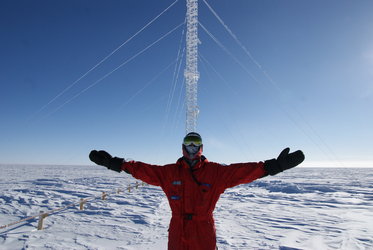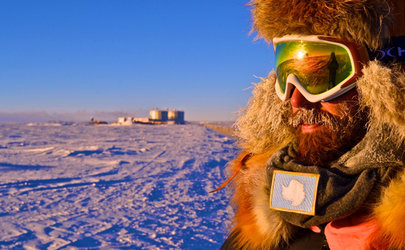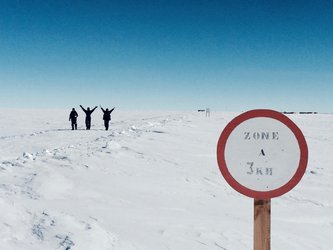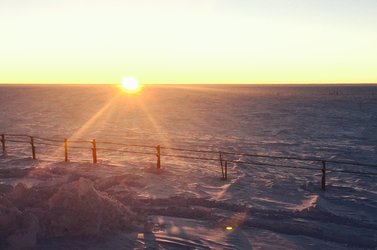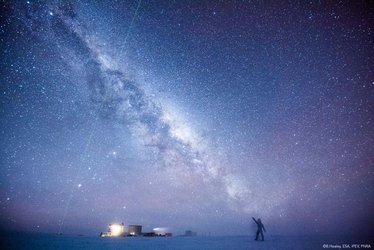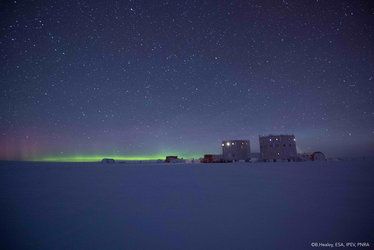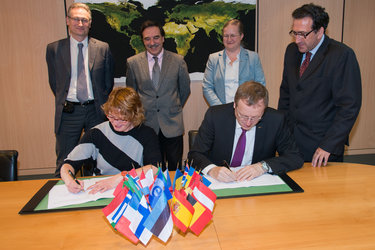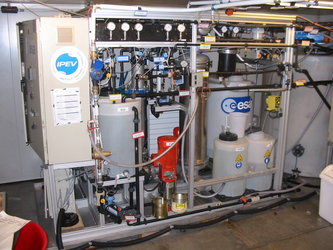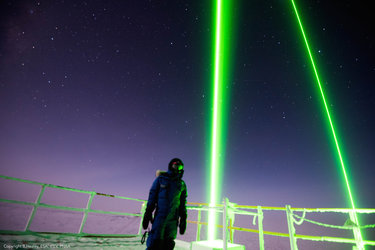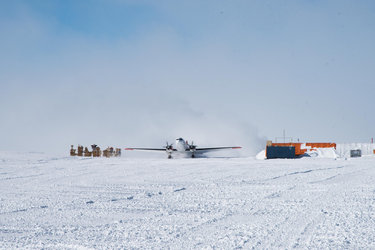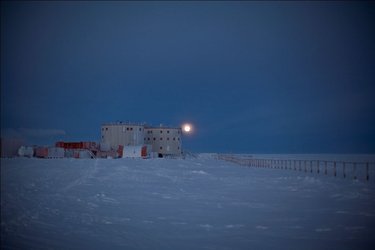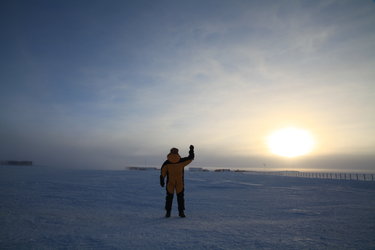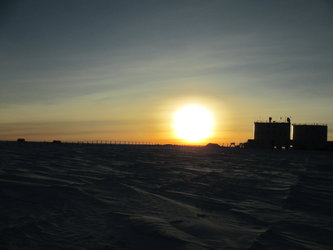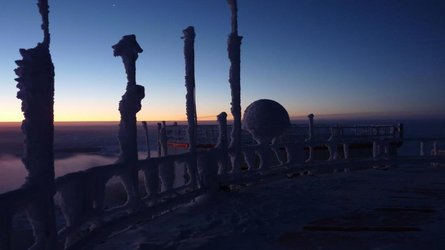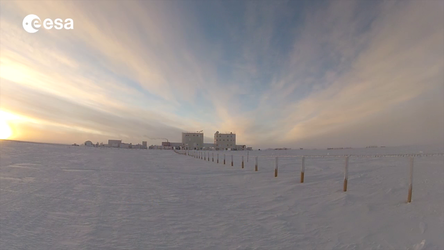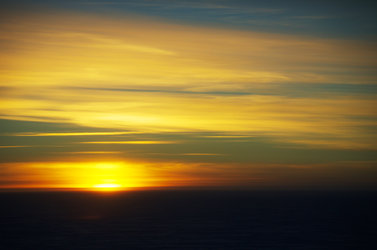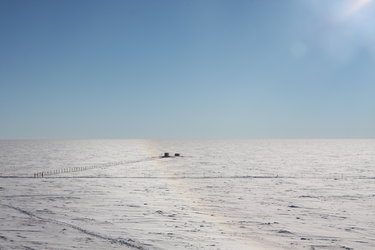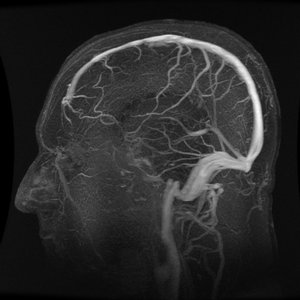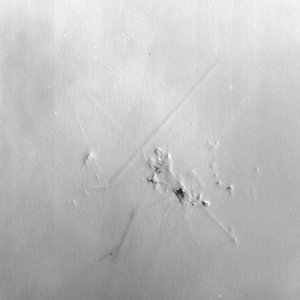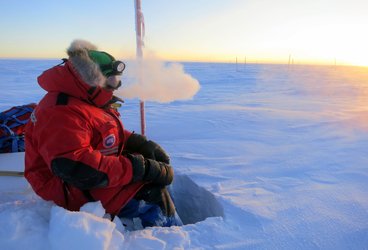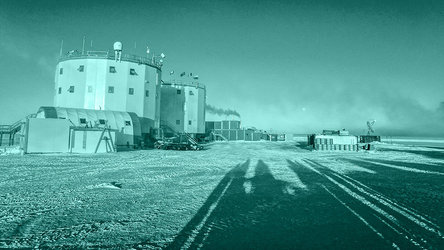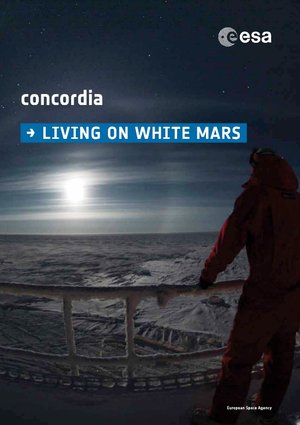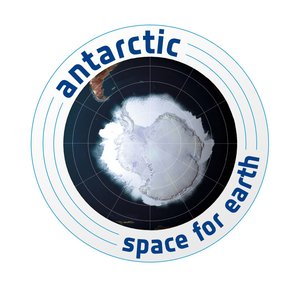Left out in the cold
Concordia station came about from a combined wish in Italy and France to build a permanent Antarctic research base together.
The French IPEV polar institute and the Italian PNRA Antarctic programme built and run the base in one of the most extreme places on Earth.
Concordia is built is on a plateau called Dome C. Only two other research bases exist so far on the Antarctic mainland, the American South Pole Station and the Russian Vostok, as most bases are built on the more temperate and safer coastline.
A hole, 3 km deep, was drilled into the ice of Dome C as part of the European Project for Ice Coring in Antarctica (EPICA) to study Earth’s climate history. The first step of this large scientific project involved setting up camp on the plateau in 1996.

EPICA was instrumental in picking the location of Dome C for Concordia and assembling the station began in the 1999 near the drilling site while EPICA was still taking place.
Drilling finished after almost ten years, by which time Concordia construction was almost complete.

Over 3000 tonnes of equipment and supplies were bought to the site over land in long convoys. The trek over 1100 km from the coast takes up to 12 days to complete.
Despite having to stop all work during the harsh Antarctic winter, it took only three summers to build the two towers that make up Concordia.
The base was commissioned in 2005 when the first team spent a complete winter living in the base. Since then it has been permanently crewed.















 Germany
Germany
 Austria
Austria
 Belgium
Belgium
 Denmark
Denmark
 Spain
Spain
 Estonia
Estonia
 Finland
Finland
 France
France
 Greece
Greece
 Hungary
Hungary
 Ireland
Ireland
 Italy
Italy
 Luxembourg
Luxembourg
 Norway
Norway
 The Netherlands
The Netherlands
 Poland
Poland
 Portugal
Portugal
 Czechia
Czechia
 Romania
Romania
 United Kingdom
United Kingdom
 Slovenia
Slovenia
 Sweden
Sweden
 Switzerland
Switzerland


























